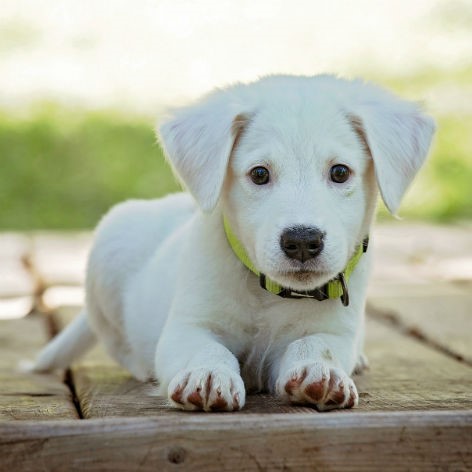What are paralysis ticks?
Paralysis ticks (Ixodes holocyclus) are small ticks that live on native and domestic animals along the east coast of Australia. Most native animals are immune to the toxin, but when paralysis ticks attach to domestic dogs or cats, the neurotoxin they produce can cause progressive paralysis, leading to respiratory difficulty and death.
What do paralysis ticks look like?
As adults, paralysis ticks are around 3-5mm in length. Their bodies are oval-shaped and light grey, with eight orange-coloured legs. The larval stage (young) has six legs, while nymphs and adults have eight legs. When attached to an animal, ticks can feel like a small wart or lump to the touch. . The appearance of ticks can vary throughout their life cycle, so if you are uncertain if it is a tick, you should consult a veterinarian.
Where are paralysis ticks found?
Paralysis ticks are commonly found on the east coast of Australia, and they favour warm, humid conditions. Some coastal areas of Australia are more prone to ticks than others, but none are absolutely tick-free. Therefore, tick prevention is recommended to be used year-round for dogs.
The prevalence of ticks increases during 'tick season', which is October to March.
Mild winters and lots of rain at the start of spring and summer also contribute to a rise in tick cases.
Paralysis tick Symptoms
When found on pets, ticks have their mouthparts buried in the skin, creating a red, raised area you can feel as a small lump along with the tick. Early signs of tick paralysis can be vague. They include lethargy, reduced appetite and occasional vomiting. Other symptoms of tick paralysis can include a change in the sound of the bark or meow, difficulty breathing or panting, excessive drooling, a wobbly gait or reluctance to move, stand or jump (often appearing first in the back legs) and a change in heart rhythm or rate.
If you think your pet is experiencing any of these symptoms, take your pet to a vet immediately. The sooner an affected pet receives treatment, the better the prognosis. Deterioration from tick paralysis can occur rapidly, often within hours.
How to Prevent Paralysis Ticks
Even if you don't live in a tick prone area, prevention is better than cure. You can protect your pet through preventative measures and by staying vigilant. Given the spread of ticks throughout Australia, all dog owners are strongly encouraged to have their dogs on a tick control program, search them daily for any ticks, and be on the lookout for signs of disease. Many pets get ticks when travelling to coastal regions for holidays with family.
The most crucial step in the fight against ticks is prevention. There are many different types of tick preventatives available in Australia. Some products are available over the counter, while others are only available through your veterinarian.
The application of spot-on products applied to your dog’s neck regularly, is a convenient way to keep these external parasites under control.
Tablets which can be given monthly or every three months to control ticks are also effective and collars or sprays can add another layer of protection. Your veterinarian can help to make specific recommendations to keep your dog parasite free. It is important to remember that no prevention gives a 100% guarantee, so combining a few methods will help minimise risk and protect your dog.
How to Treat Paralysis Ticks
At home, keep grass nice and short and keep dogs away from bushy areas. Clipping long-haired dogs in spring and summer can help with tick checks.
Even when on tick prevention, it is a good idea to check your pet for ticks daily. When checking, feel for small lumps and make sure you look in hidden places such as under the collar, between toes, their paws, gumline and inside their ears.
Time is critical with paralysis ticks; the longer they stay attached, the more toxin they can release into your pet. If you find a tick on your pet, it is best to remove it as quickly as possible. A tick twister works well, but you can also use fine-tipped forceps if available.
If you find a paralysis tick, remove it and place it in a sealed plastic bag.
Even when removed, the toxin still circulates in your pet, so your pet can still develop signs of paralysis. Promptly take your pet (and the tick) to your vet, who will provide you with the best advice and ongoing treatment for your pet if needed.
* This information is provided as general information only. For specific advice and information regarding your pet, we recommend that you seek the advice of your veterinarian.








